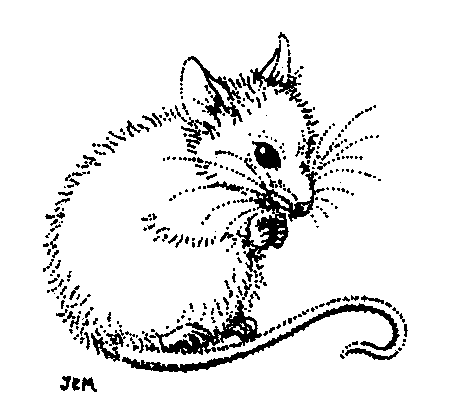So, we had this assignment for my Rhetoric of Visual Design class. We had to revisit one of our older assignments, rewrite, rethink, reanalyze, and present it in some digitially-enhanced format, if possible. I figure I might as well do it here, since this is my own sort of diary, just an extremely public one (well, not too, public I guess -- no one comes here, ha!).
Here are excerpts from the paper, along with some visual graphics...
 Worcester Polytechnic Institute publishes several hundred different documents throughout the year, with items ranging from forms, catalogs, manuals, and reference materials. However, one of the few documents published somewhat regularly is the school newspaper, The Towers.
Worcester Polytechnic Institute publishes several hundred different documents throughout the year, with items ranging from forms, catalogs, manuals, and reference materials. However, one of the few documents published somewhat regularly is the school newspaper, The Towers.All final decisions are made at about 4 am every Monday morning when the two editors-in-chief are cramming to get the edition laid out and completed. Time is a huge factor for this publication, as the staff only has one week in which to collect, edit, layout, and print contributions.
 This newspaper relies heavily on graphics, which accompany ever article. The graphics do not stand alone in this type of publication, as Gunther Kress and Leeuwen would contend in their book, Reading Images: The Grammar of Visual Design.
This newspaper relies heavily on graphics, which accompany ever article. The graphics do not stand alone in this type of publication, as Gunther Kress and Leeuwen would contend in their book, Reading Images: The Grammar of Visual Design.  However, the graphics aid The Towers which disagrees with Barthas concept of dependent- graphics. The graphics add to the overall content of the paper, making them an invaluable part of the paper’s innerworkings.
However, the graphics aid The Towers which disagrees with Barthas concept of dependent- graphics. The graphics add to the overall content of the paper, making them an invaluable part of the paper’s innerworkings.The way graphics operate in this paper may vary from other publications. A newspaper is informative in nature, and needs to provide clear interpretations of data. If the paper were to plop down graphics without explanations or introductions, news would not be transferable. While one reader may look at the front page and remember the hypnotist’s show fondly, another may believe that a terrible accident occurred. The graphics, therefore, cannot act independently in an informative publication.
When “reading” The Towers, my school's paper, one discovers new information from articles, titles, subtitles, cartoons, and, more importantly, graphics. Although many of the graphics could not stand alone without the text, the paper would not be able to stand without the graphics. The graphics convey a realism and accountability. Reading an article about a hypnotist’s show is one thing, seeing photos of people falling over, dancing, and stripping is an entirely different matter.
The photo speaks for the text. This is not always true. Photo's can be misleading, not honest. Neither Kress nor Barthos are correct or wrong. They only have a different purpose in mind for the graphic. A particular graphic is generally not better or worse when affected by text, but different. This is true of the hypnotist’s photo, which interpreted without text can be confusing, yet exciting; however when interpreted with text it is clear, but exact.
The difference lies in the purpose of the graphic, the purpose of the reader, and the goal of the publication.

Girelli, A. Rhetoric of Visual Design: Lecture. Conducted April 8, 2008.



 Then, at the end, there is a narrative of the teacher walking up to a house, carrying a dictionary, and knocking on the door. The grown up boy opens the door and sees his teacher. His old teacher gives him the new edition of the dictionary, which happens to have
Then, at the end, there is a narrative of the teacher walking up to a house, carrying a dictionary, and knocking on the door. The grown up boy opens the door and sees his teacher. His old teacher gives him the new edition of the dictionary, which happens to have 

